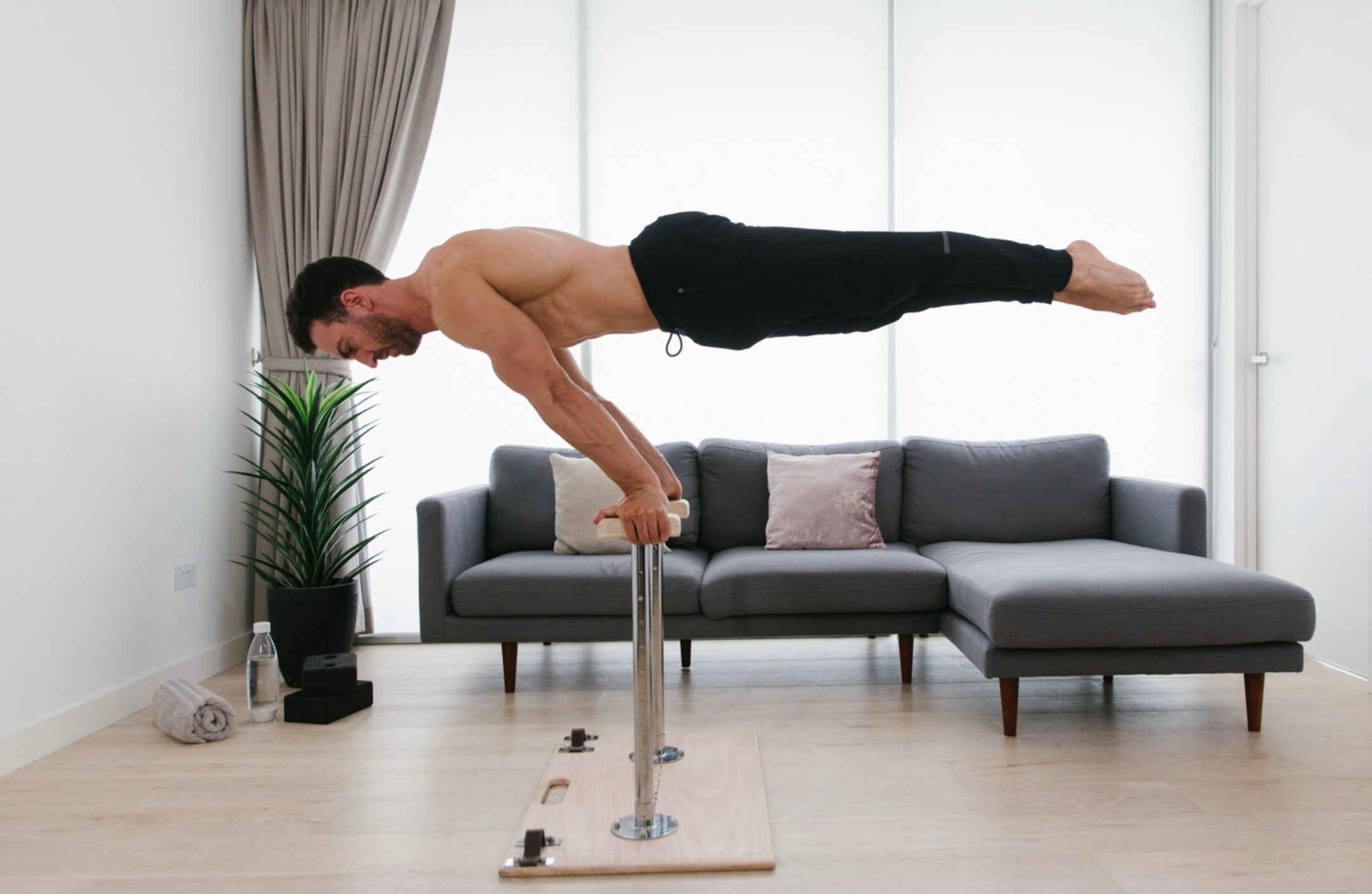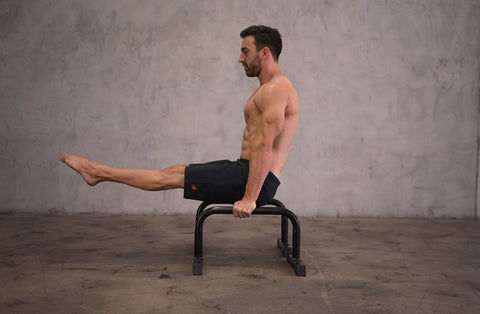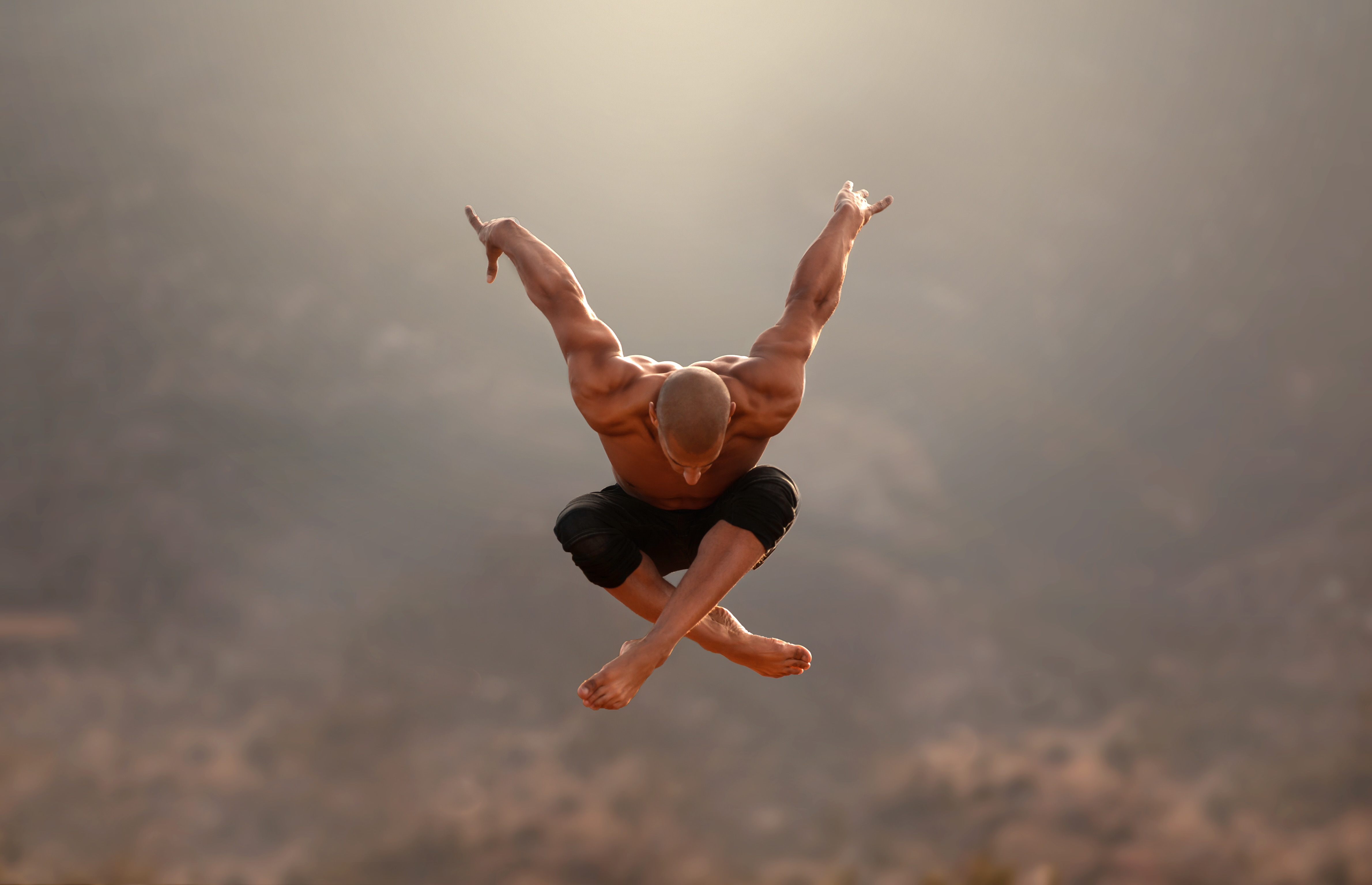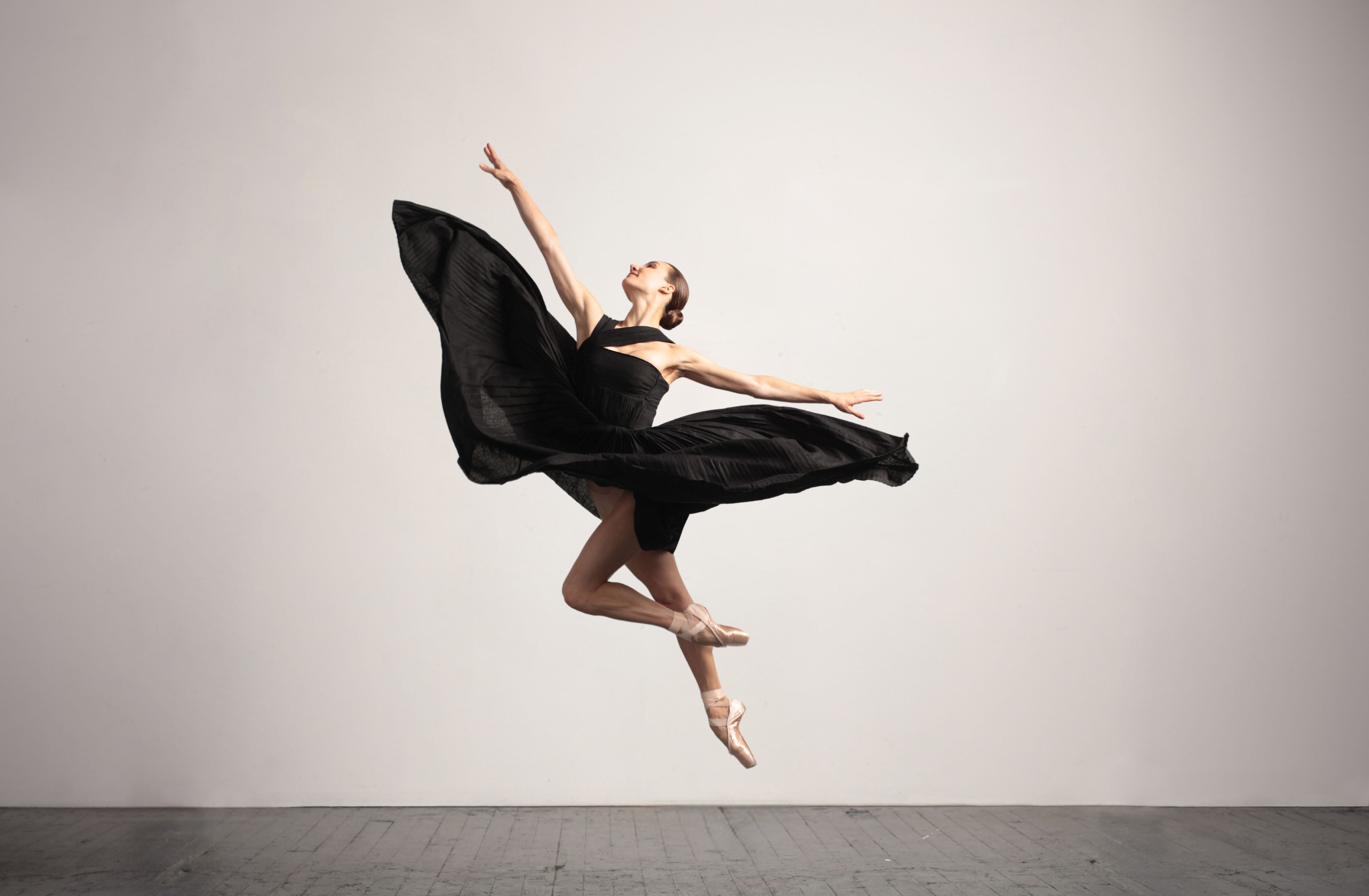
SIMON ATA
I think people are always looking for this 'hot secret.' This one weird trick that will get you to where you want to be. There is no trick. It just takes years of practice.You have to put in the work.
Simon Ata—also known as Simonster—is a leading figure in calisthenics. Originally from Melbourne, Australia, he has been deeply involved in bodyweight strength training for over two decades. With a background in gymnastics and breakdancing, he has honed his expertise in mastering body control. Simon's journey led him to study physiotherapy, further enhancing his understanding of movement and the human body, culminating in the attainment of his degree in 2011.
Through this combination of knowledge and experience, Simon strives to make calisthenics accessible to everyone. Whether you’re an absolute beginner who wants to start calisthenics or an advanced athlete with a specific goal, Simon has a program that will deliver results.

Regarding your training regimen, can you walk us through the specific duration, frequencies, the day-to-day as well as the key elements?
Over the years, my training approach has greatly evolved. When I first embarked on this journey, there was a prevailing notion about a singular, optimal training routine designed for peak results. However, my own experiences have taught me that various methods, as long as they're pursued with consistent effort and maintain a similar volume of work each week, can yield similarly outstanding results.
I believe the core of any effective training program lies in the commitment to hard work and effort. My current regimen starts with skill work, taking advantage of my initial freshness to concentrate on motor control and technique with activities like hand balancing, head spins, power moves, and flips. Following this, I engage in strength training, thus ensuring a well-rounded development.
Do you believe it's essential to adapt your training regimen to your current needs?
Absolutely. I believe there's no need for change as long as your current routine remains effective and enjoyable, and you're seeing progress. You can stick with a successful routine indefinitely, or at least until you get bored of it or until it stops working.
Moreover, external factors such as sleep, stress, and nutrition significantly influence our training capacity. For instance, when traveling, poor diet and sleep quality may necessitate a reduction in training volume to accommodate decreased recovery capabilities. Adaptability is key; adopting an overly strict approach to training isn't necessary.

You display an incredibly rare strength at end range. How much do you train that specifically, both skills versatility and strength at end range?
In any discipline, such as hand balancing, calisthenics, weight training, acrobatics, or breakdancing, you'll notice rapid progress initially. However, as you reach higher levels, improvements become increasingly challenging and time-consuming due to a point of diminishing returns. For instance, transitioning from not being able to invert to performing a handstand might take six months, but mastering a one-handed balance could require three years, and achieving additional complexity, like changing shapes, might take another three years.
This pattern of diminishing returns has led me to diversify my training to maintain enthusiasm and motivation. When progress in one area plateaus, I continue to practice that discipline but shift my primary focus to something new to keep the excitement alive. For example, if I'm working on headspins and it either becomes monotonous or I sustain a neck injury, I might temporarily prioritise another discipline, such as calisthenics, flips, or weight training, placing headspins on maintenance mode or as a secondary skill focus.
Was there a skill that proved particularly challenging for your body type to acquire throughout your career?
Certainly. Power moves and rapid manoeuvres were undoubtedly more manageable for my younger body. However, with age comes slower recovery times, making it more challenging to train in such ways frequently.
From what I've observed, break dancers and calisthenics athletes often face higher injury risks due to the extreme demands of their disciplines. It's all part of the game— pushing boundaries inevitably comes with some risk of injury. However, as a therapist, I understand the importance of injury prevention measures in mitigating these risks.
Could you share some of the injuries you've experienced and how you managed them?
I've encountered a range of injuries, including shoulder reconstructions on both sides, torn meniscuses in both knees requiring surgery, wrist ganglions, and a ruptured adductor longus tendon. Dealing with injuries can be emotionally taxing as well as physically challenging, especially when one's identity is closely linked to their discipline.
However, it can be a blessing in disguise, and it can really be an opportunity to work on things that you otherwise wouldn't. For example, when I ruptured my groin, I couldn't walk well and had to limp. I obviously couldn't train things like power moves and breakdancing, but that was a good opportunity to work on handstand push-ups.

How do you integrate creativity in your training routine, given that training can be so repetitive?
For me, it is just about focusing on the things that you enjoy. I've often tried to be artistic with my movement, trying to link skills together. Would it look good? Would it feel good? Would it be challenging? Is that something that I want to learn? And then I've always done strength as a secondary training.
How important do you believe mindset and environment are in achieving physical goals?
In my opinion, they're crucial. While there are various paths to reaching a specific goal, having the right mindset and supportive environment can significantly facilitate the process.
Reducing friction between your actions and your goals can streamline progress. For instance, a lot of people on social media promote a tough mindset, suggesting that training should be gruelling; you need to suffer through every minute of it. Training doesn't have to be miserable; it can be enjoyable. For example, you can train with people that you enjoy being around.
Can you share some misconceptions about calisthenics?
- You can't build muscle with calisthenics: You can absolutely build muscle with calisthenics. Your muscles don't know whether you're using your body weight as resistance or you're using external weight as resistance. However, it is easier to build muscle with weights, and that's why most bodybuilders do it.
- Being too old to start calisthenics: Take your discipline, whatever it is, and in almost every case, you can definitely make very significant improvements, regardless of whether you're starting at 40, 50, or 60 years old.
- It's the same difficulty for everybody: Calisthenics is more challenging when you're heavier and taller. It doesn't mean it's impossible. There are plenty of guys who are a foot taller than me who can hold a planche.
What do you think are common mistakes when people are trying to master a specific trick or skill?
Working on too many things at once. In calisthenics, there are so many skills to pursue, and it is common to want to get them all as fast as possible. The focus should be on a few things at a time, maybe one to two pushing skills, one to two pulling skills. Through this, you can spend more time on these skills and make a lot of progress. Not only is that motivating, but it also allows you to keep your energy high when you're training.
People sometimes obsess too much with the position of each part of their body while performing a particular movement. Focusing on too many details that really don't matter. I think it's important to focus on the big picture, train what is meaningful and do not overcomplicate things.
Watch the whole Q&A














Leave a comment
This site is protected by hCaptcha and the hCaptcha Privacy Policy and Terms of Service apply.